Sabaragamuwa University celebrates 25 years; Time is on our side!
By Mahesh Hapugoda
A beginning is not always a beginning in itself. Every beginning has some kind of beginning before its true beginning. According to the German idealist FWJ Schelling, every beginning must have a beginning to begin. What we sometimes consider asa ‘start’ of something may have manystarting points previous to that startthat we never have even thought of.
The origination of a particular matter may have known as well as unknown originations and, according to Buddhism, such beginnings can be termed as dependent co-originations. Every beginning is connected to some other beginning and that beginning may also have connections to an infinite number of such beginnings. In this light, sometimes, looking for a beginning would be a meaningless act since such beginnings can havemany complicated dependent co-originations that our ordinary minds cannot understand. One can also think that beginnings are not important as long as an initiation can pragmatically perform useful functions for Humanity at its present moment. However, the kind of beginning that I want to share is important to be mentioned since this beginning is symbolically noteworthy in the recent Sri Lankan historical context as far as Higher Education is concerned.
The Sabaragamuwa University of Sri Lanka began as an Affiliated University College (SAUC) in 1991. That beginning itself is remarkable as well as controversial, since from its inception, it has‘modernized’ and revolutionized its academic courses. Today, it has eight faculties including a medical faculty as well as a postgraduate faculty. Still, it has not stopped its historical act of modernizing its academic programmes to flow with time. This inspiration to change and advance academic content is embedded in its origin that actually made it what it is. Sabaragamuwa is expected to be a forerunner in changing the trajectory of tertiary education, because it was part of the socio-political solutions that were proposed to then Higher Education by the Commission for Youth Unrest appointed by RanasinghePremadasa to find reasons for 88-89 youth insurrections and to prevent such fateful things from happening again.
The Commission found that there was a great disparity between the outcomes of Higher Education and the global job market that was unfolding at that time. The Sri Lankan social fabric was also fast changing due to the open market economy and subsequent globalization process. By the end of the 1980s, the Sri Lankan labour force was fast moving towards overseas employment, since the under-developed economy could not offer substantial income. It was a competitive adventure to cross the borders in search of mill (money), as metaphorically portrayed in the popular movie Mille Soya by BoodeeKeerthisena. The mere hope of those youths was to climb up the social ladder; to be rich, to find a woman, to get married and to live a peaceful life. It was just an ordinary secular dream, a dream that was shared by many. SabaragamuwaUniversity was expected to alter Higher Education to accommodate this ordinary human dream, to capitalize on the growing global market, to produce capable and smart graduates to fit into the broadening service economy in the country as well as in the global sphere.
The unskilled or semi-skilled migrant labour force was always underpaid, often as modern-day slaves. They did not have the necessary skills to elevate themselves from the position of manual labourers. Within the backward socio-cultural atmosphere in Sri Lanka, human labour had to be trained, cultivated and given necessary socio-motor skills to go beyond local confinements and to go and locate themselves in the global labour force. With the arrival of the open market economy,Sri Lanka became a competitive hyper-space which was eventually connected to a big and continuous inflow of countless market forces, tourism, factories, entrepreneurs, etc. This new space demanded foreign language skills, soft skills, personality developments, information technology and critical thinking. The theoretical knowledge that the university education then offered was not enough to move forward in this new atmosphere. Opportunities were there, but all one required were the necessary skills to grab those opportunities.
The contemporary Higher Education in the Humanities also at times had the said elementary skills covered in their courses, but not to the extent that was in demand from the market place. Therefore, there was tension between the growing marketplace and the expectations of Higher Education, especially of the Arts. This gap led to unemployment, underemployment, frustrations and to social uprisings. The Commission of Youth Unrest wanted to bridge this gap immediately and prevent such bloody insurrections from happening again.
The youth of any country is a transitional population shifting from their parental family to a family of their own. They want a degree of independence from their parents for which they want a reasonable income. This is where a job comes into play. Good government jobs were in the hands of corrupt politicians and other job opportunities were highly competitive. Whatever that was left for the educated rural youth were always underpaid. Even today this issue continues in the socio-political sphere, though not in the same extent that the youth in the 70s or 80s or even 90s experienced it.
Sabaragamuwa University proposed a smart solution to this burning issue; the deadlock between existing education and employability. This is where Sabaragamuwa becomes historically unique in relation to the different path it undertook. Even though that solution was not welcomed by everyone at that time, today almost every Higher Education institute not only accepts it, but even goes beyond us to experiment with much more radical contingencies. We acknowledge them as brave and path- breaking endeavours. New things are not possible without experiments.
We were brave enough to introduce certain qualitative changes to the curricula, and some of these changes are much developed today and are acknowledged by the global market. Some other radical changes are absorbed by the dominant educational hierarchy and were diluted in the traditional quagmire.
We, the students of Sabaragamuwa University, never had an Arts Faculty; instead we had a Faculty of Social Sciences and Languages. We also never had a Science Faculty; instead we had a Faculty of Applied Science. We had degree programmes such as Tourism Management, Survey Sciences, Sport Sciences or even Food Sciences, and these were names we had never heard of before. Not only were they new names, their course content was also different, their orientation to the world and their personality were different, their research was different and the reflections that they brought back to Sabaragamuwa were also uniquely different. And that difference was beautiful.
If man is thrown into this world from an unknown place, then it is a new place for him. And in that new place he or she should plant something new. He is deemed to create a new heaven under the heaven. The above existential statement is often true for Sabaragamuwa University. We have a beautiful mountain range and a very harsh climate underneath that beauty. In that hard and harsh terrain, we have done something that is ‘unheard of’ before; that was never there before. That is the platonic beauty hidden underneath that mountain range.
Three decades ago, we introduced compulsory English language skills for Arts undergraduates together with compulsory IT skills. We had a semester system from the very beginning of Sabaragamuwa University. We taught Personality Development, Soft Skills, Scientific Thinking and Critical Thinking, and Current Affairs as credited courses. We reduced the conventional four year special degrees to three years and let our graduates go the world of work when they were young, energetic and versatile. But this change was not adopted by the contemporary university system and our graduates faced difficulties in interviews, where they were selected for Masters as well as for academic positions. Even though they have completed the due credit amount for a special degree, established universities were sceptical about them. Reluctantly, we too had to restructure the programme to four years in order to not get isolated in the system.
Academics from those universities contributed immensely to the success story of Sabaragamuwa. Their helping hand can never be forgotten or left unacknowledged. Almost all the Vice-Chancellors who gave their leadership to Sabaragamuwa University, administrative staff, senior academics and researchers and many others who came from universities established before us gave their fullest contribution to make Sabaragamuwa what she is today.
I will conclude this note with a small story that I could never forget in my academic life. When I was a student activist, I attended one of the students’ gatherings to decide the fate of Affiliated Universities at that time. Everybody looked at us with some scepticism and this has remained unchanged for a long time, I think. Sabaragamuwa Affiliated University was considered as a university college which produced ‘tourist guides’ but not graduates, since if my memory is correct, we were the only affiliated college which had a tourism course. The sarcastic remark of producing tourist guides was actually true. We have not only been able to produce one of the best tourist guides in Sri Lanka,but also at times some of the best tour operators, tourism communicators and tourism scholars in the country. I take this example from a field that is somewhat familiar to me. Yet there will be many more examples in the above nature.
Yes, other than producing tourist guides, we also teach texts such as Of Hospitality by Jacques Derrida and The Tourist by Dean MacCannell. We do so in order to rationalize and to modernize our traditional notion of hospitality and to globalize it as a unique soft skill that we can offer to the whole world as a universal value. We believe that we have a rich tradition that has global validity claims. We have passed 25 years and still have a long way forward.
Though time does not wait for everyone we are sure that it is on our side!
(This note was written in celebration of the 25th Anniversary of Sabaragamuwa University of Sri Lanka).
-
Still No Comments Posted.




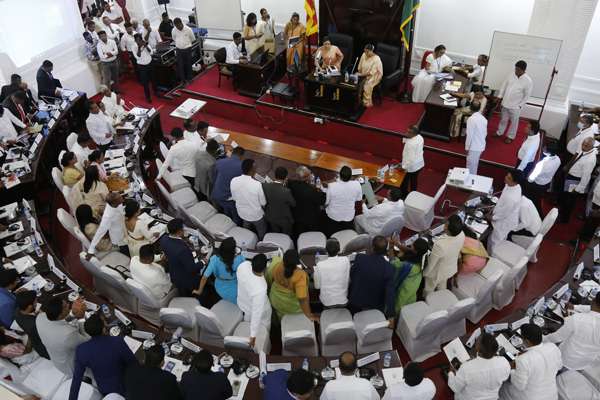
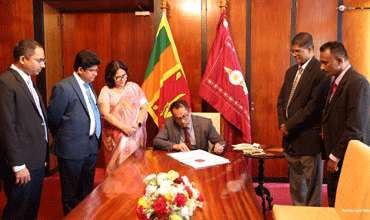
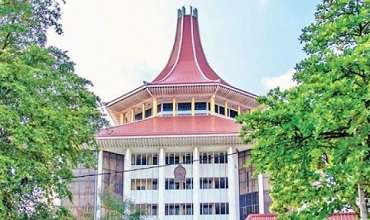
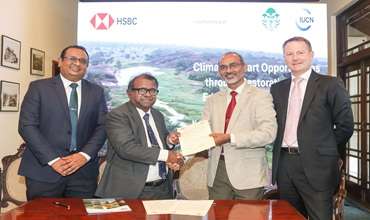
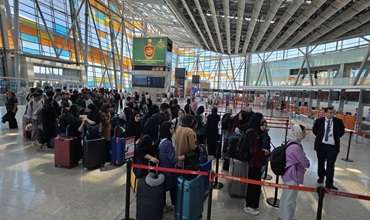
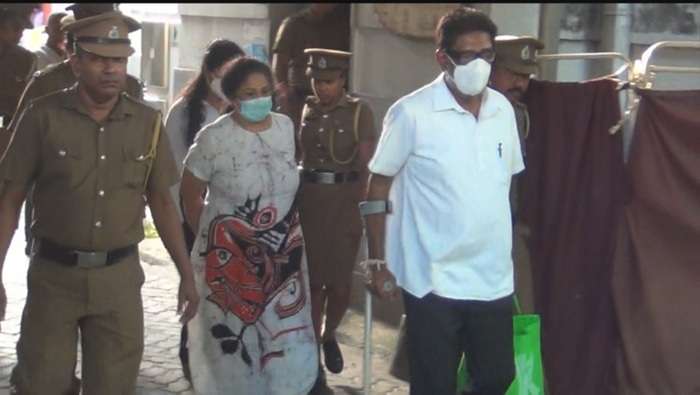
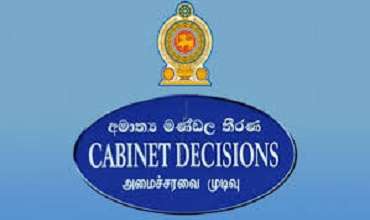
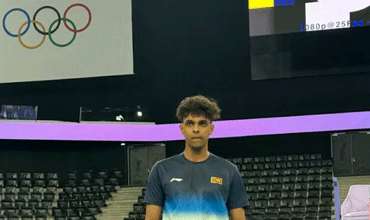
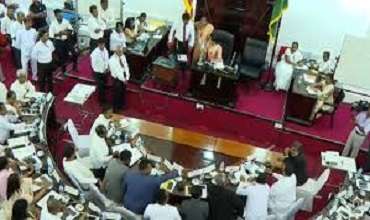

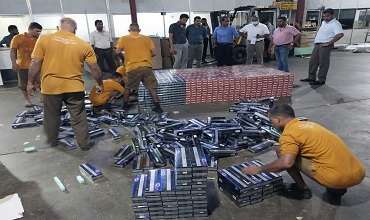
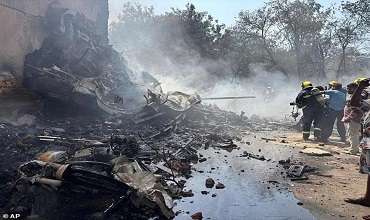
Leave Comments